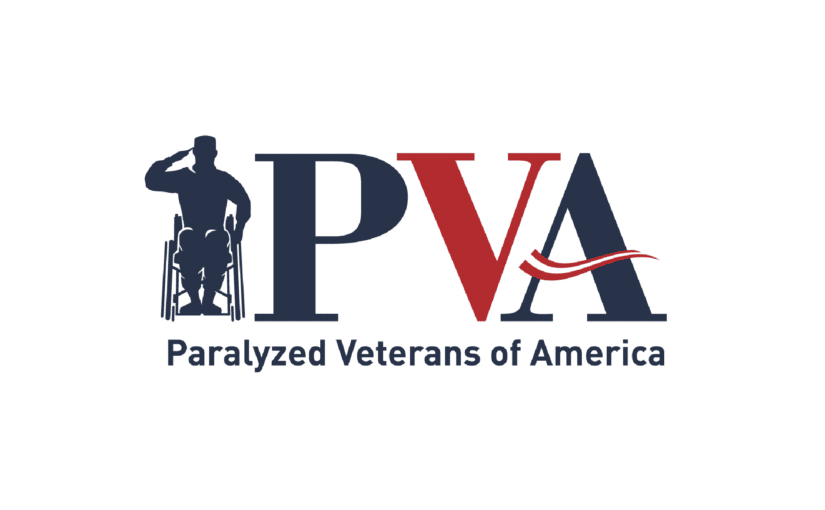Cervical spine injury is an injury to an individual’s upper (cervical) spine, causing paralysis or weakness in both the arms, hands, trunk and legs. Injuries to the cervical spine – which includes eight vertebrae labeled C1 through C8 from top to bottom – are the most severe spinal cord injury levels.
Injuries to the upper half of the cervical spine (C1-C4) often result in severe disability, as a patient may not be able to breathe on his or her own, cough, control bowel or bladder movements, or speak clearly.
Injuries to the lower half of the cervical spine (C5-C8) often result in less severe symptoms, as most individuals with such injuries are able to breathe on their own and speak normally. Individuals with lower cervical spine injuries may be able to propel their own wheelchair and/or drive an adapted vehicle, and most can manage bowel and bladder problems with assistive devices.
Resource: Johns Hopkins Medicine
More Information
- How to Cope With a New Spinal Cord Injury
- Paralyzed Veterans of America Encouraged by New Spinal Cord Injury Research Breakthrough
- New “App” Available for Health-Care Professionals Treating Spinal Cord Injuries
- Paralyzed Veterans Consumer Guides
- Paralyzed Veterans of America Medical Services
- American Spinal Injury Association
- United Spinal Association



